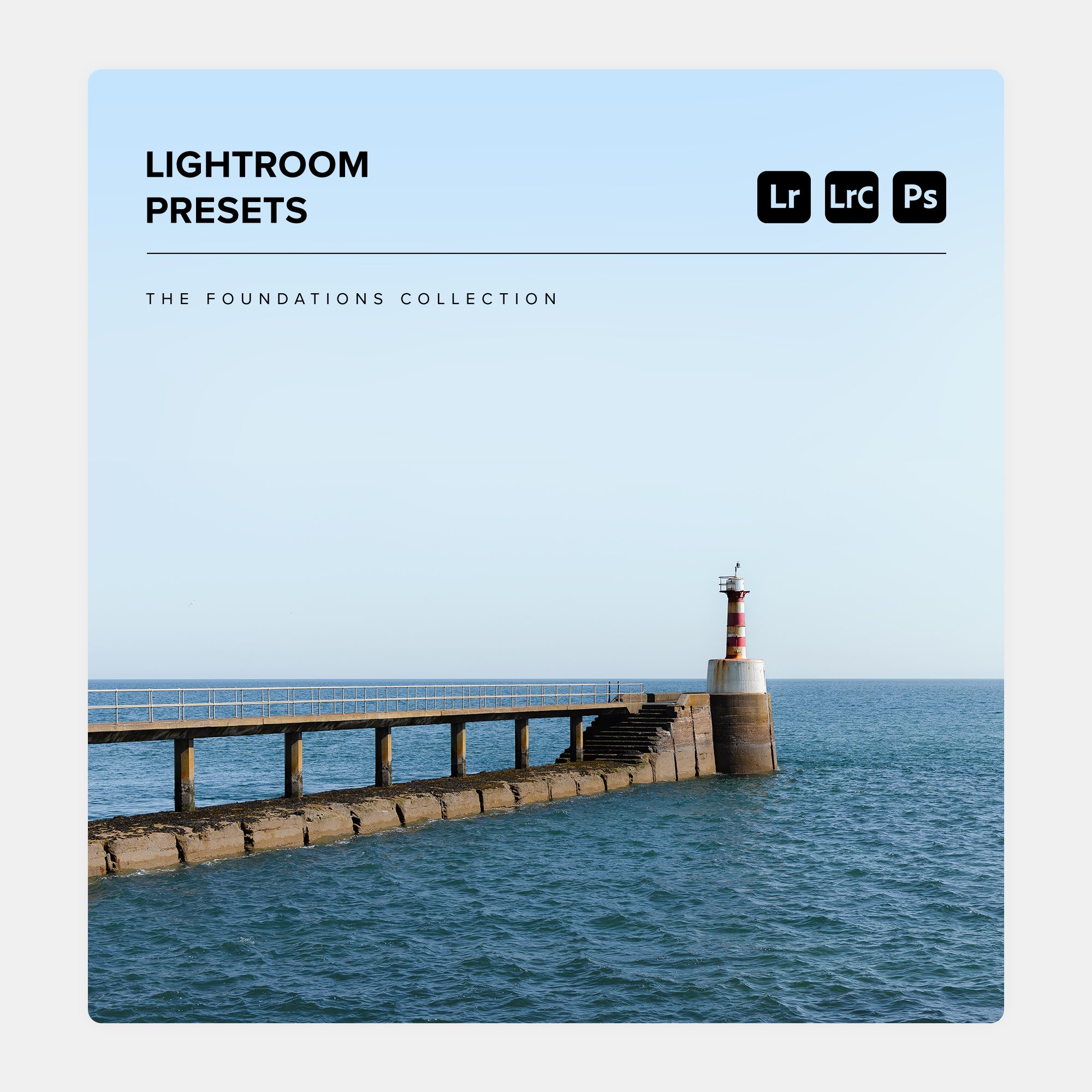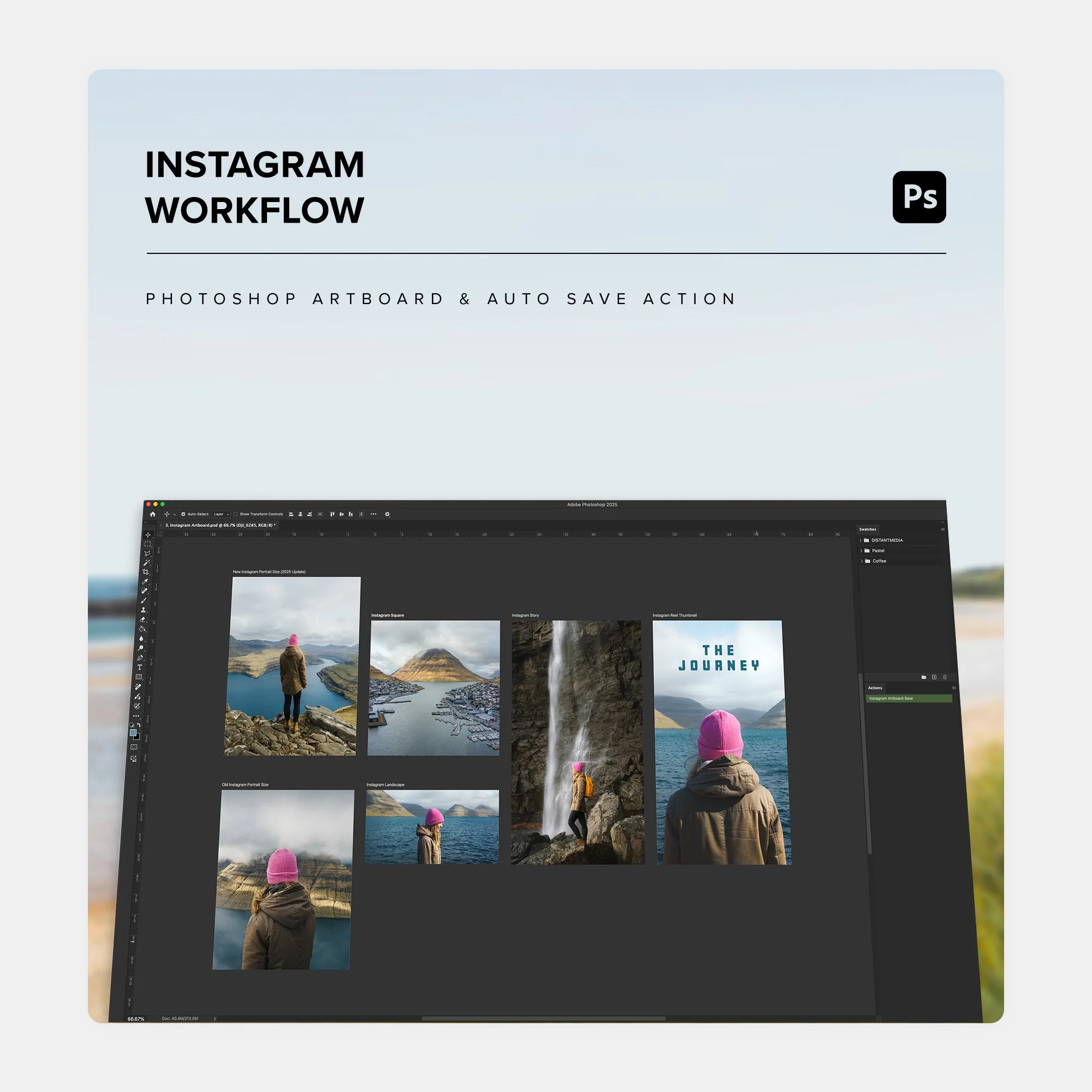Viltrox 40mm F2.5 AF - The Best Budget Lens on the Market?
As of right now in the UK, the Viltrox 40mm f/2.5 costs £140. That’s cheaper than any Sony or Canon full-frame native lens for their mirrorless systems. Granted, it’s a budget lens, meaning you don’t get any weather resistance, it isn’t fully constructed from metal, and there are no extra ‘nice to have’ features on the lens itself.
However, being a photographer who doesn't quite have the liberty of buying any priced item of gear whenever I please, and after seeing this lens widespread on social media in a positive light, I figured I’d give it a run for it’s money.
All of the sample images throughout this post (apart from the ones of the lens itself, of course) were taken with the Viltrox 40mm f/2.5 AF for Sony E-mount, on either the Sony A7IV or A7C II.
It’s worth noting that at the time of writing this, I have only spent about 3 to 4 hours shooting with this lens over the last week, so it’s very much a first impressions post rather than a fully fledged opinion at the moment. However, hopefully the sample images throughout this post do a better job of showing off what the lens is capable of. After all, who cares? Just show me the images it can produce, right?
Prior to owning this lens, I have never shot with a 40mm before. I’ve wanted to for a long time after slightly falling out of love with 50mm, which was my previous favourite focal length. Given that Sony’s cheapest native 40mm option is over 600 pounds and very few brands compatible with Sony have a budget option, I find myself with the Viltrox as my current and extremely fun experiment.
If I can try a focal length for a while without breaking the bank, then at least it gives me much more confidence in the future when pulling the trigger on premium lenses.
Which brings me to my conclusion after the first week with the lens (yes, I’m starting off with the conclusion): why on earth do all camera brands that produce lenses, not offer a range of budget lenses as good as this one?
Well, we all know why: profit, market segmentation, and the desire to be considered a premium-only brand for the most part. But how nice would it be if companies like Sony and Canon did offer a full range of budget lenses that were this good, especially for people who might be getting their first mirrorless camera, or like myself, just want to try a style of lens for a year or two and come up with a full opinion on how that type of lens works for them.
Having used this lens (even for just a week) I’d be far more likely to purchase from Viltrox again in the future. They actually offer something affordable for people to test and find out what they’re about. And if their cheapest lens is this good, how good are their more expensive options that are still cheaper than the big players' equivalents?
Anyway with that rant out the way, here are my first impressions (without pulling up sharpness charts or zooming 500% into the bokeh balls)
Warning! This is just my humble opinion after the first week of use, my thoughts may change over time.
Build: It’s small, light, and compact, attaches smoothly to my camera bodies, and despite it’s budget outer materials, the lens mount is still metal. Overall the lens feels just as good as any other budget option. It ships with a lens hood and fabric drawstring case, offering at best scratch protection when stored away. In some ways, the plastic materials can be seen as a pro for those looking for a light, small carry. But if you’re somebody who shoots in the rain a lot or your gear takes a regular beating, you might want to go easy on this one. I can’t imagine it would survive a tipping tripod moment like some of my Zeiss glass has in the past.
Performance comparison: The closest comparison I could give for this lens would be Sony’s FE 50mm f/1.8. In fact, it performs almost identically other than the focal length, of course. Sharp throughout the aperture range, minimal vignetting, occasional visible chromatic aberration around harsh highlights, particularly tree branches against a bright sky (this was easily fixed in post) and a common occurrence on lenses in this price range.
Image quality: I guess the best way I could sum up the image quality from this lens is my reaction when viewing the files on the computer. How? For £140? That’s been my thought with almost every image. Not that it’s truly flawless and makes premium lenses redundant, just that it’s so impressive for such a low price point.
Autofocus: The autofocus speed and accuracy have pretty much been what I expected – fantastic for the price. Moving subjects have been no problem; eye tracking was great when put to the test with my dog. Even B-roll filmed with this lens looks great. It’s certainly more reactive and accurate than other more expensive budget/kit lenses I’ve used in the past. I doubt most photographers that haven’t tried 100s of lenses from all different price points would even notice it’s small shortcomings.
Distortion: For some subjects I’ve shot, especially buildings, I’ve found the distortion to be quite strong for a focal length of 40mm, and it seems harder to auto-fix using Lightroom. Manual fixes worked fine though, and I suppose the auto-align feature in Lightroom has always been a hit or miss feature.
Focus ring: You do get a manual focus ring on the lens. It’s smooth and most importantly a generous size in comparison to how small the lens is, so you wont be searching around for it. I rarely shoot manual focus, but if you do, it’s there.
Colour rendering: The files seem to be quite high contrast and the colours certainly render warmer than anything I’ve seen before. I’m still trying to put my finger on exactly how it’s different to lenses I’ve used for years. Not different in a bad way, just different. I had to tweak my post-processing approach slightly to allow the RAWs to align with my desired results.
Value for money: Unmatched.
Final thoughts and more images below..
I always say logically, there's a reason lenses can often be more expensive than camera bodies (outside of the complex production costs that I’ll never be smart enough to understand). We're likely to go through loads of camera bodies in our lifetime photographers. Therefore, making camera bodies too expensive for anybody to upgrade when they want to would destroy the market.
But if you stick with one camera brand, or more accurately one mount, you only have to buy a lens once. So while the high-end, take-out-a-new-mortgage lenses from the likes of Sony are of course a fantastic investment when you’re able to make them, and they more than pay you back for the years of use you get out of them, it can be hard as a new photographer to grab a few lenses to try out and have fun with when you have just spent £1000+ on a new camera body.
That’s exactly why I think this 40mm, and the other options from Viltrox are amazing; it gives more people more options. I have heard from photographers who own one of Viltrox’s budget lenses in conjunction with their more expensive lenses for the sheer enjoyment of options. You might not want to drop 600 odd quid on a lens and gamble that you’ll like it, or that the focal length will complement your photography. But £140 with it’s over-performing quality to back up the price? No brainer.
I would highly recommend this lens to anybody wanting to try a focal length for a while, or people changing systems or stepping into the mirrorless market for the first time and not having much money left over for lenses. You can't go wrong; you'll get great results with it, and it may just end up as a permanent part of your kit.











